Economic Indicator: Even Cheaper Knockoffs
Economic Indicator: Even Cheaper Knockoffs
In this economy, even counterfeiters are trading down.
After years of knocking off luxury products like $2,800 Louis Vuitton handbags, criminals are discovering there is money to be made in faking the more ordinary — like $295 Kooba bags and $140 Ugg boots. In California, the authorities recently seized a shipment of counterfeit Angel Soft toilet paper.
The shift in the counterfeiting industry, which costs American businesses an estimated $200 billion a year plays to recession-weary customers looking for downmarket deals, the authorities say. And it has been fueled in part by factories sitting idle in China. Almost 80 percent of the seized counterfeit goods in the United States last year were produced in China, where the downturn in legitimate exports during the recession left many factories looking for goods — in some cases, any goods — to produce.
“If there is demand, there will be supply,” said John Spink, associate director of the Anti-Counterfeiting and Product Protection Program at Michigan State University. In China, he said, “It’s all of a sudden them saying, ‘We have low capacity. What can we make?’ ”
The answer is increasingly knockoffs of lesser-known brands, which are easy to sell on the Internet, can be priced higher than obvious fakes, and avoid the aggressive programs by the big luxury brands to protect their labels, retail companies and customs enforcement officials say.
The results: Faux Samantha Thavasa bags for $113 and Ed Hardy hoodie sweatshirts for $82.50. And, bizarrely, imitations that are more expensive than the real ones: In 2007, Anya Hindmarch sold canvas totes that said “I’m Not a Plastic Bag” for $15. Now fakes are available on the Web for $99.
“If it’s making money over here in the U.S., it’s going to be reverse-engineered or made overseas,” said Jonathan Erece, a trade enforcement coordinator for United States Customs and Border Protection in Long Beach, Calif. “It’s like a cat-and-mouse game.”
The traders in mid-price fakes are employing another new trick: by pricing the counterfeits close to retail prices — which they can do when the original product is not too expensive — they entice unsuspecting buyers. Any savvy shopper, for example, knows a Louis Vuitton bag selling for $100 cannot be the real thing. But when NeimanMarcus.com, an authorized retailer for Kooba bags, sells them for $295, and a small Web site sells them for $190, a deal-hunting consumer could think she has scored a bargain. (She hasn’t. The $190 bag is a fake.)
“If the price points are somewhat close, some consumers get duped into believing they’re getting a real product,” said Robert Barchiesi, president of the International AntiCounterfeiting Coalition, a trade group. “They might be looking for a bargain, but a bargain to buy real goods.”
The counterfeiters are also lifting photos and text from legitimate Web sites, further fooling some shoppers.
“The consumer is blind as to the source of the product,” said Leah Evert-Burks, director of brand protection for Ugg Australia’s parent company, the Deckers Outdoor Corporation. “Counterfeit Web sites go up pretty easily, and counterfeiters will copy our stock photos, the text of our Web site, so it will look and feel like” the company site, she said.
While all of it is illegal, the authorities do not publish statistics on what brands’ products are being counterfeited. But designers and trade experts said the downmarket trend in counterfeiting became more noticeable over the last year, as counterfeiters got more inventive. The field is big: the total value of counterfeit goods seized by United States customs officials increased by more than 25 percent each year from 2005 to 2008, using the government’s fiscal calendar. In fiscal 2009, as imports over all dropped by 25 percent, the value of counterfeit products seized dropped by only 4 percent to $260.7 million.
Anna Corinna Sellinger, Foley & Corinna
The official statistics capture only a piece of the problem, companies and experts say, because so many counterfeiters market directly to customers on the Internet and many of those sales go undetected by the authorities.
“Online is much harder” to patrol and enforce, said Todd Kahn, general counsel for Coach, the handbag and accessories company.
That is particularly true for smaller brands, as Anna Corinna Sellinger, co-founder and creative director of the New York clothing and accessories company Foley & Corinna, learned.
A couple of years ago, she began checking out which Foley & Corinna items were selling on eBay. Her city tote, which now retails for $485, was a popular item, but on some listings “there was something off — it’s a color I never did, or a leather I never did,” she said.
As other sites proliferated, and Ms. Corinna Sellinger noticed more and more Internet fakes, she stopped looking altogether. “It’s just too frustrating,” she said. “You can try to do something, but it’s so big and so fast.”
While Ms. Corinna Sellinger basically had herself and a computer to patrol for fakes, big companies use legal teams who train customs officials on the nuances of their product, monitor the Web, ask Internet service providers to take down copycat sites and file lawsuits against sellers. (The brands only go after sellers; the law in the United States does not prohibit consumers from buying counterfeit products.)







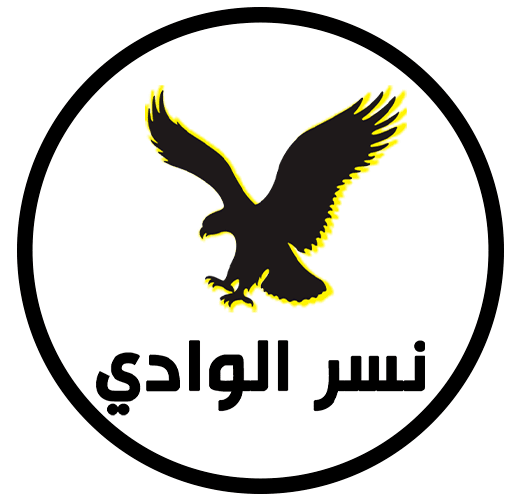
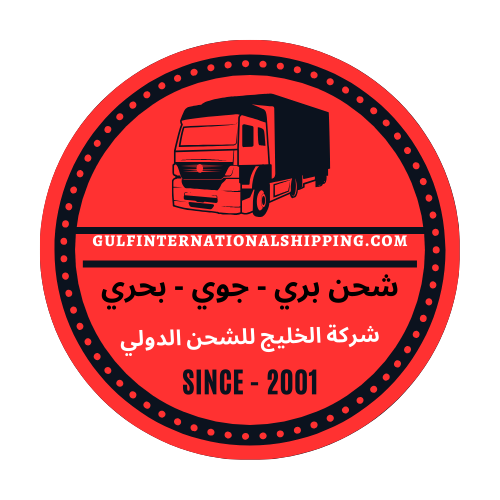

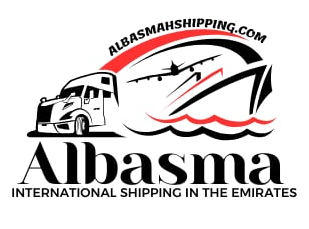


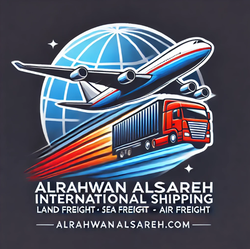





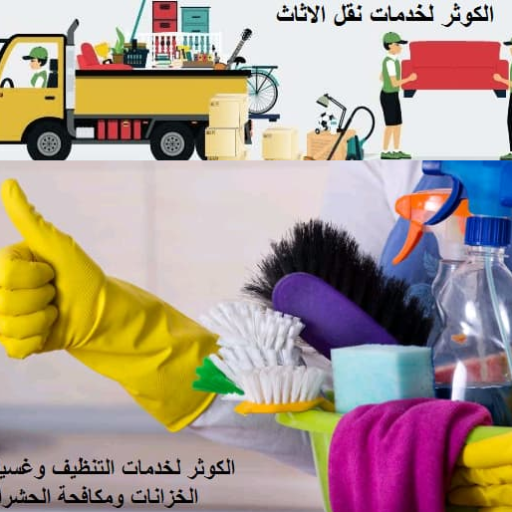


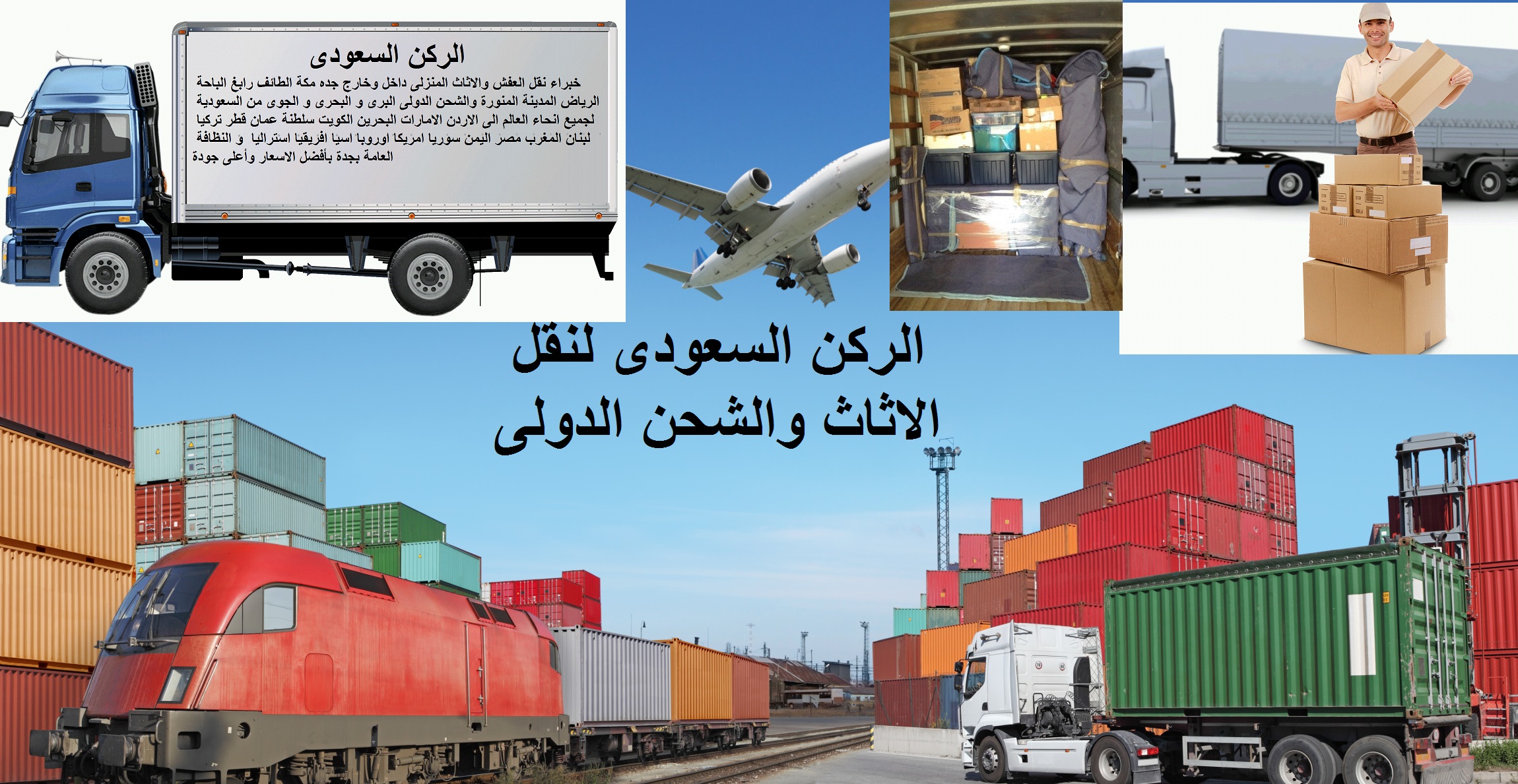





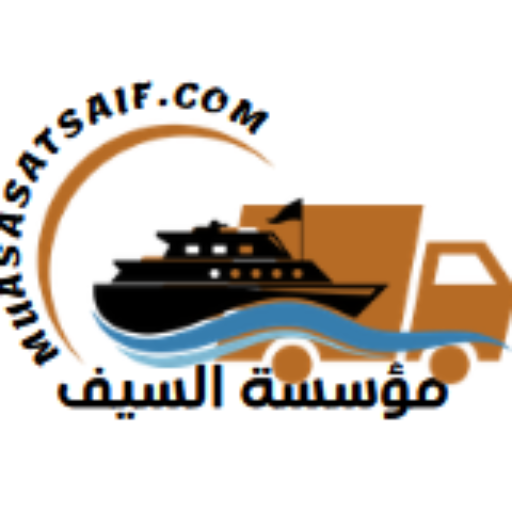









Post a Comment